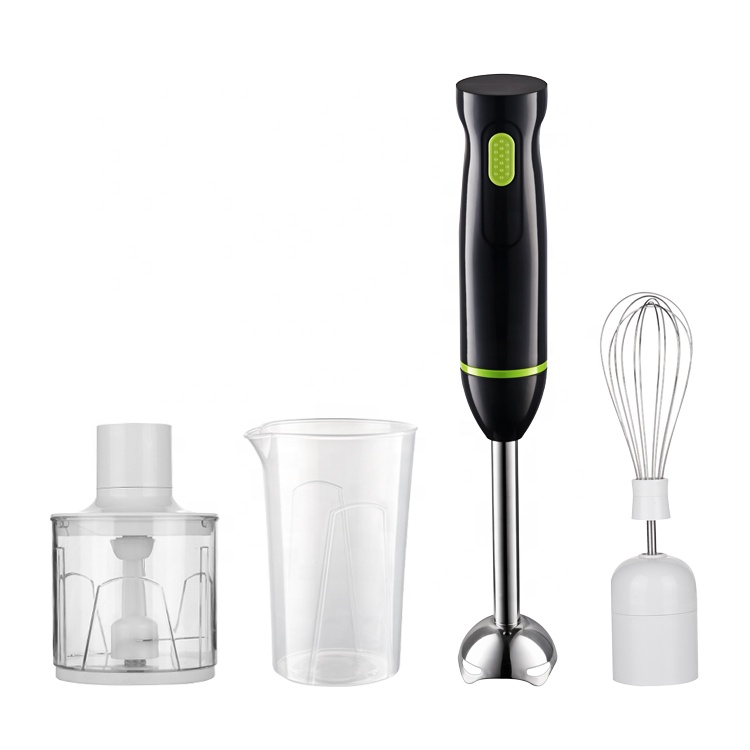①Keep the blender away from the wall.
We all know that "sound bounces through the walls of the room back to the human ear, where it is superimposed and enhanced". Don't underestimate this, sometimes just move the blender slightly away from the wall and the noise will be much quieter.
As long as the mixer and the wall are separated by more than 5 cm, the noise can be significantly reduced - maybe not by a huge amount, but the effect is quite obvious. If space permits, keep the mixer as far away from the wall as possible.
②Put a towel under the blender.
The towel provides maximum stabilization of the mixer's vibrations while absorbing a lot of sound. If there is liquid splashing out during stirring, it will also be absorbed by the towel and will not stain the cooking table.
A dishcloth is fine, but I recommend a thicker towel. Of course, as long as the silicone feet and foam are cut and fit, they will also be a very good noise reduction assistant. But the latter needs to be done by yourself, and in case the blender cannot be placed smoothly if it is not made well, it will only get twice the result with half the effort. So unless you're confident in your hands-on ability, a little towel can help.
③It is also available as a hand blender.
Hand blenders can also reduce noise by following the above two tricks: keep away from the wall, and use a towel to stabilize the container in which the things that need to be blended are held.
④ Of course, the most fundamental and fastest way is to buy a mixer with a silent design. Or when you feel that these methods won't stop your family and neighbors from complaining about your blender, consider buying a quiet blender. The quiet cooking environment will give you an unparalleled good mood.
Safety first! If the towel has the potential to tip your blender or leak electricity, never use this method.



 英语
英语 西班牙语
西班牙语





